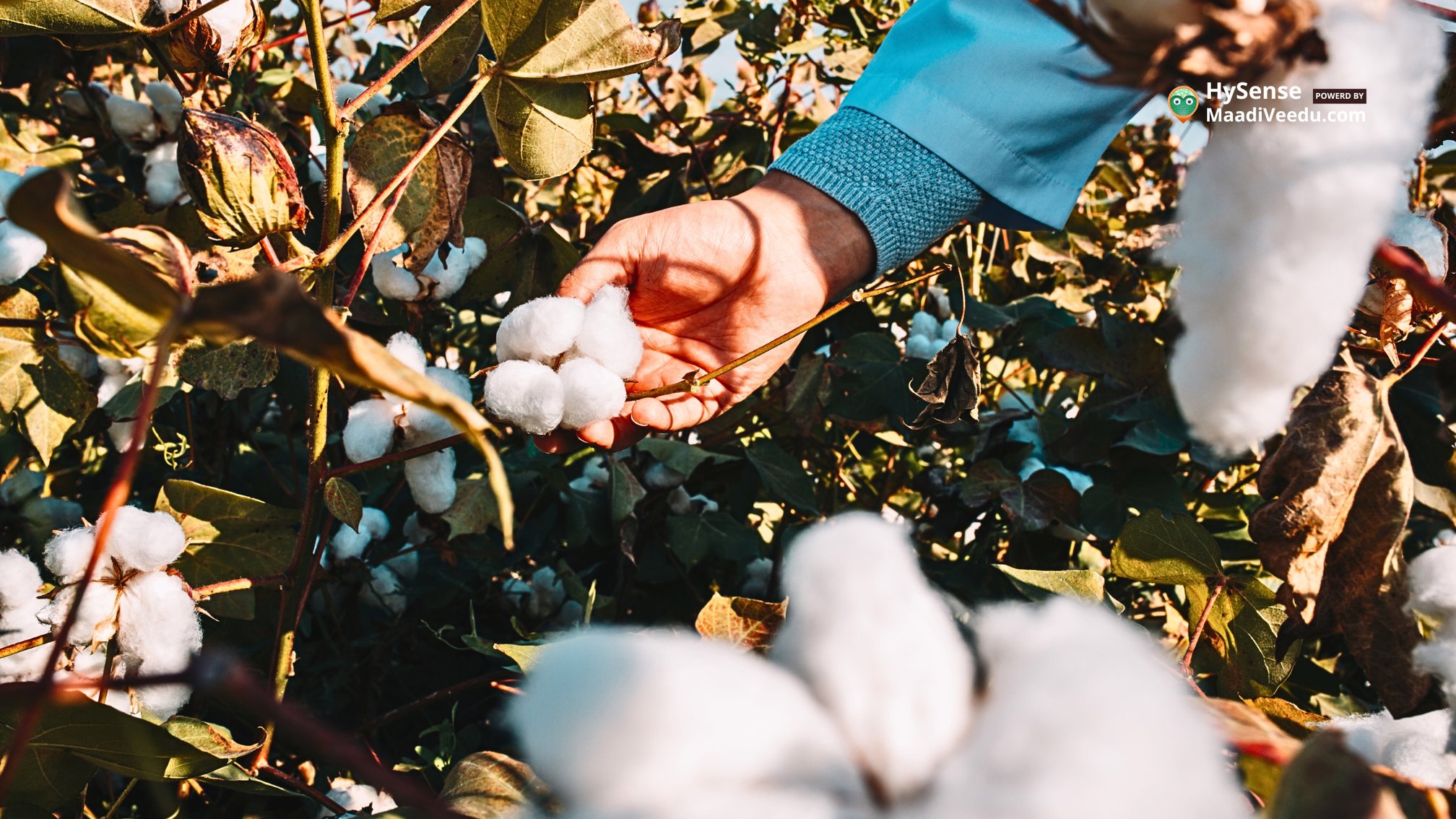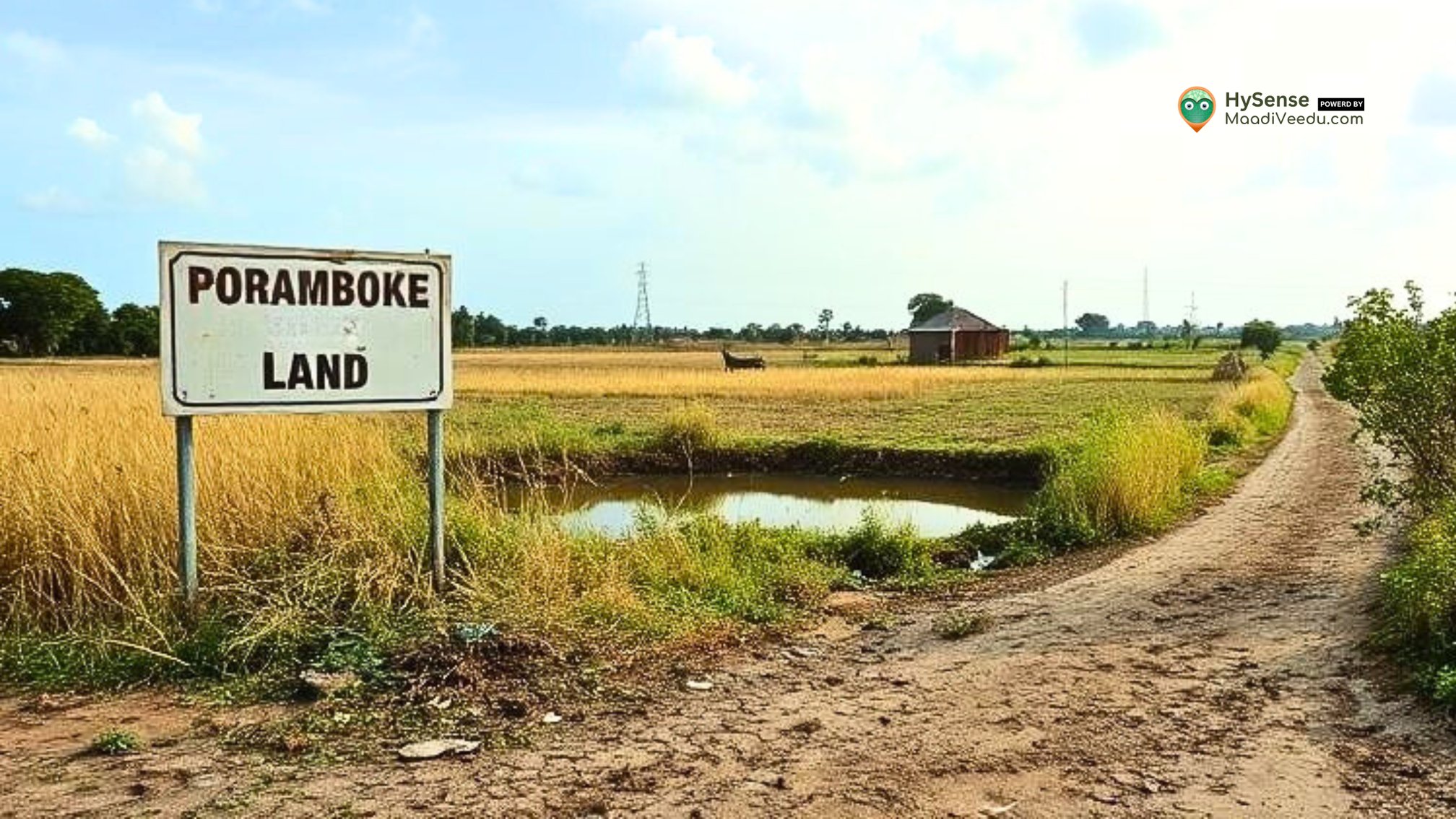Best Soil for - Cotton - Cultivation
Your cotton crops deserve the best soil! Find out how to improve soil health, boost growth, and enjoy a rich, rewarding cotton farming experience.

Table of Contents
Cotton is one of the most important crops grown across the world. It provides the raw material for making clothes and other items. To grow cotton successfully, the soil must be just right. This guide explains the soil conditions that work best for cotton farming and the best ways to take care of the soil. know more
Soil - What Does Cotton Need?
Growing cotton requires good soil. The right soil helps the plants grow strong and healthy. Things like soil type, nutrients, and its pH all play a role in making cotton crops successful. Let’s look at the soil factors that matter for cotton farming.
Soil - The Right Texture for Cotton
Cotton grows best in loamy soil. This soil is a mix of sand, clay, and silt, which helps the soil drain properly while holding enough moisture. Loamy soil keeps cotton plants from being waterlogged, which can cause damage to the roots.
The best soil for cotton is usually sandy loam or clay loam. These types of soil let the water pass through easily while still holding some moisture. This balance helps the roots grow well and stay healthy.
Soil Fertility - What Cotton Needs
Cotton plants need healthy, fertile soil to grow. Fertile soil has lots of nutrients like nitrogen, phosphorus, and potassium. These nutrients help the plants grow strong and produce a good cotton yield.
Regular soil tests are important to find out what nutrients the soil is missing. Adding the right fertilizers can help improve soil health and provide the nutrients cotton needs. Adding organic materials like compost or manure can also improve the soil and make it more fertile. know more
Soil pH - The Right Level for Cotton
Soil pH refers to how acidic or basic the soil is. Cotton grows best when the soil pH is between 5.5 and 7.0. This is the right level for cotton to take in the nutrients it needs. If the soil is too acidic or too alkaline, cotton plants may struggle to get the nutrition they need.
Regularly checking the soil’s pH and making adjustments, if necessary, helps keep the plants healthy and growing well.
Key Features - Good Soil for Cotton Farming
The physical qualities of the soil matter too. It’s not just about nutrients and pH – certain characteristics in the soil affect how well cotton plants can grow.
Drainage - Keeping Water Levels Right
Cotton plants do not like their roots sitting in water. Good drainage is important to avoid waterlogged soil. Waterlogged soil can cause root rot and other problems.
Soil with good drainage allows excess water to flow away while holding just enough moisture for the cotton plants to survive. Having a soil that drains well but also holds enough water is key to a healthy cotton crop.
Water Holding - Keeping Cotton Hydrated
Cotton plants also need soil that can hold water for dry periods. Even though the soil must drain well, it should also retain enough water to help the cotton plants grow, especially when rainfall is low.
A soil that can keep moisture helps the cotton plants get the water they need without making the soil too wet. This balance is crucial for cotton’s healthy growth.
Soil Structure - Making it Easy for Roots to Grow
The structure of the soil determines how easily cotton roots can grow. Soil should be loose and crumbly so that roots can easily spread out and find water and nutrients. Soil that is too hard or compacted can restrict the growth of cotton roots, leading to weaker plants and lower yields.
Good soil structure also helps with air circulation around the roots, which is important for healthy root development.
Conditions for Growing Cotton - The Right Climate
Cotton needs specific weather conditions to grow well. The right climate, along with good soil, makes cotton farming more successful.
Temperature - Keeping the Soil Warm
Cotton plants need warm temperatures to grow. The ideal temperature range for cotton is between 15°C and 35°C (60°F to 95°F). The soil should also be able to retain heat, which helps the cotton plants grow at the right pace.
Cotton grows best when the soil stays warm, but extreme temperatures, whether too hot or too cold, can harm the plants. Maintaining a steady temperature range is important for good cotton development.
Rainfall - Not Too Much, Not Too Little
Cotton requires moderate rainfall to thrive, about 20-30 inches per year. Too much rainfall can damage the soil and cause erosion, while too little rain can lead to stress on the plants.
If rainfall is not enough, irrigation becomes necessary. Drip irrigation is an efficient way to water cotton plants, providing water directly to the roots and reducing waste. It also prevents waterlogging, which can harm the plants.
Soil Management - Keeping the Soil Healthy for Cotton
Taking care of the soil is important for long-term cotton farming. Healthy soil supports healthy cotton plants and good yields. Here are some ways to manage the soil properly:
Soil Testing - Knowing What the Soil Needs
Regular soil tests help farmers check the health of their soil. Testing the soil shows which nutrients it needs and whether the pH is balanced. This way, farmers can add the right fertilizers and make sure the cotton plants have everything they need to grow strong.
Adding Organic Matter - Helping the Soil Stay Healthy
Organic matter like compost, manure, or crop residues can improve soil fertility. Adding organic matter increases the soil’s ability to hold water, supports healthy root systems, and helps the plants get more nutrients.
Organic matter also encourages good bacteria in the soil, which further improves plant health and boosts soil quality.
Efficient Irrigation - Watering the Right Way
Irrigation should be done carefully to avoid wasting water. Drip irrigation is the best option for cotton farming because it delivers water directly to the plant roots. This ensures that the cotton plants get enough water while avoiding over-watering and soil erosion.
Cover Crops - Protecting the Soil
Cover crops like legumes can help improve soil health. These plants protect the soil from erosion, add organic matter, and help fix nitrogen in the soil, which is beneficial for cotton plants.
Cover crops also keep weeds down, reduce pests, and support the overall health of the soil, making it ready for the next cotton crop.
Weed and Pest Control - Keeping Cotton Healthy
Weeds and pests can compete with cotton plants for water and nutrients, reducing the crop yield. Using mulch, weeding regularly, and controlling pests with natural methods like neem can help keep the cotton plants healthy.
By controlling weeds and pests, the soil remains healthy and free from damage, which leads to better cotton growth and better yields.
Conclusion - The Best Soil for Cotton
Choosing the best soil for cotton farming and taking care of it is key to having a healthy crop. Cotton needs loamy soil with good drainage, fertility, and a balanced pH. Good management practices like regular soil testing, adding organic matter, and using efficient irrigation will help ensure cotton plants thrive.
Frequently Asked Questions
1. What is the best soil for cotton farming?
Loamy soil, which is a mix of sand, clay, and silt, is ideal for cotton farming because it drains well but also holds enough moisture for cotton plants.
2. Why is soil pH important for cotton?
Soil pH affects how well the cotton plants can take in nutrients. A pH between 5.5 and 7.0 ensures that cotton plants can access the nutrients they need to grow well.
3. What nutrients does cotton need to grow?
Cotton plants need nitrogen, phosphorus, and potassium. These nutrients help with growth, root development, and overall plant health.
4. How can I improve my soil for cotton farming?
Soil can be improved by adding organic matter like compost or manure, applying the right fertilizers based on soil tests, and ensuring good drainage.
5. How can I manage my cotton field soil properly?
Managing cotton field soil includes testing the soil regularly, adding organic matter, using drip irrigation, and controlling weeds and pests.
Stay connected and get inspired by following our journey for more helpful tips and updates on cotton farming – we share practical insights and success stories!










